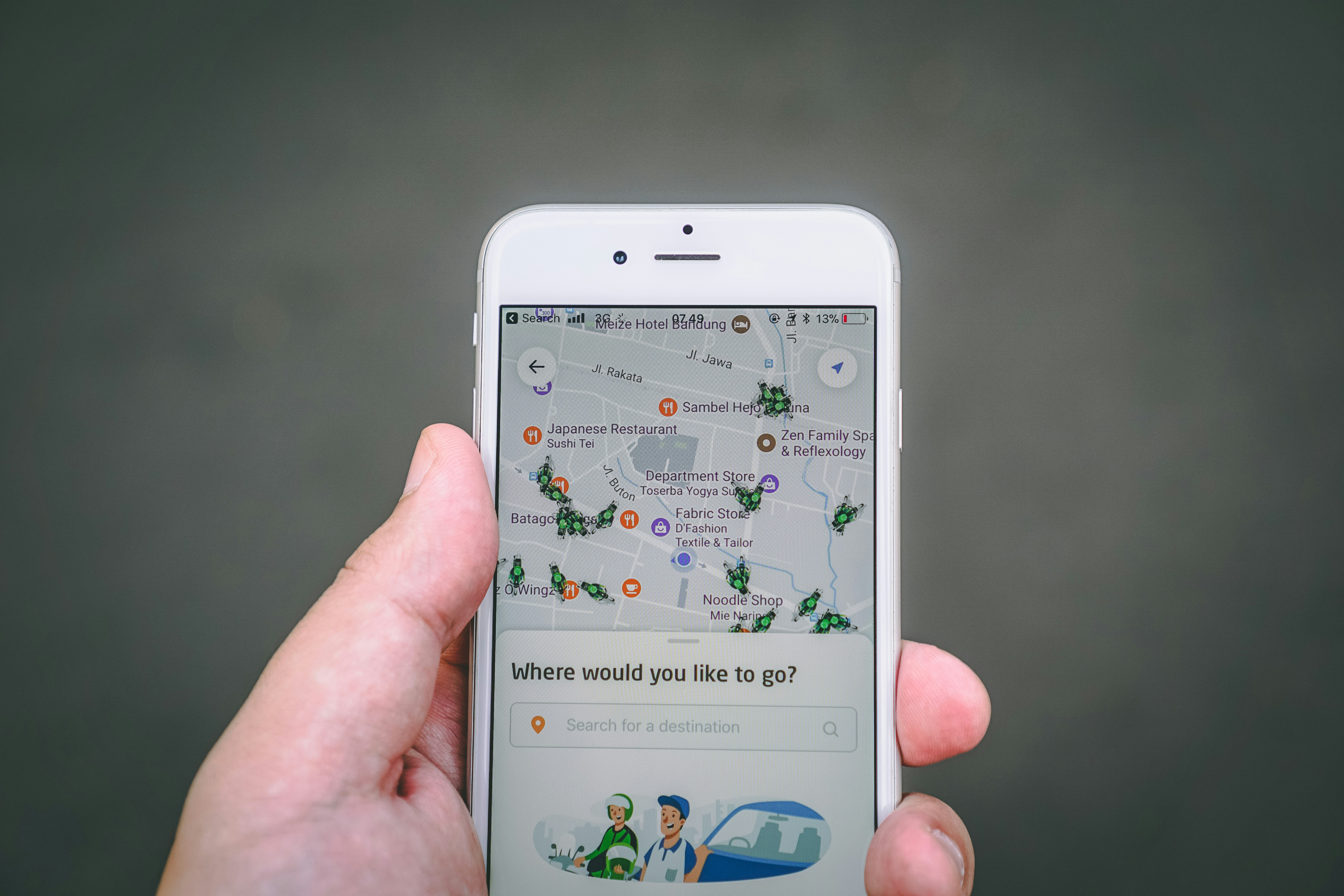As children become more independent and technology becomes more integrated into daily life, many parents are turning to location sharing tools to help keep their families safe. From tracking school commutes to monitoring weekend outings, these apps offer peace of mind without constant phone calls or messages. But to make the most of location tracking technology, parents need to use it wisely, respectfully, and with proper boundaries.
This guide explores how parents can use location sharing to keep kids safe, while also maintaining trust, encouraging responsibility, and ensuring digital privacy.
Understanding the Role of Location Sharing in Child Safety
Modern location-sharing tools use GPS, cellular data, and Wi-Fi networks to give real-time insights into a child’s whereabouts. These tools are available through built-in phone apps, smartwatches, or third-party parental control platforms.
The core benefit is simple: peace of mind. Whether your child is walking to school, at a friend’s house, or riding a school bus, location sharing allows you to confirm their safety without overstepping or interrupting them. In emergency situations, having real-time data could help locate your child faster and potentially save lives.
However, to avoid misunderstandings or dependency, it’s essential that location sharing be part of a broader parenting approach that includes open communication and digital responsibility.
Choosing the Right Location Sharing Tool
The first step is selecting the right app or device that aligns with your family’s lifestyle, your child’s age, and your comfort with technology. Some of the most reliable options for families include:
- Life360: Offers real-time location tracking, location history, arrival/departure alerts, and even driving behavior reports for teens.
- Google Family Link: Allows you to view your child’s location and manage app usage and screen time.
- Apple Find My: Ideal for families using iOS devices, enabling real-time location sharing and notifications.
- Smartwatches for teens (e.g., Verizon GizmoWatch, TickTalk): Designed for younger children who don’t own smartphones, with GPS, geofencing, and SOS features.
Each tool has its pros and cons, so it’s important to research carefully and, if possible, test features using a free version or trial.
Talk to Your Child Before Setting It Up
One of the biggest mistakes parents make is enabling location tracking without involving their child in the process. While safety is the top priority, kids also need to understand why this tool is being used and how it benefits both them and you.
Sit down with your child and explain:
- The purpose of location sharing (safety, emergencies, coordination)
- Who can see their location and when
- How they can turn it off (if allowed) or signal for help
- That it’s not about “spying,” but about protection and trust
When children are included in the conversation, they’re more likely to accept location sharing as a mutual agreement rather than an invasion of privacy.
Set Geofencing Alerts for Key Locations
Many location sharing apps offer a geofencing feature, which lets you set digital boundaries around important places—like school, home, or extracurricular activity venues. You’ll receive automatic notifications when your child arrives or leaves these areas.
This is especially helpful for busy parents who want to confirm that their child reached a destination safely without having to send a text or call. It can also alert you if your child is somewhere unexpected.
For example, if your child leaves school early or enters a location that wasn’t planned, you can follow up immediately to check in.
Respect Boundaries as Your Child Grows
As children grow into teenagers, their need for independence increases. While location sharing is useful at any age, how it’s implemented should evolve over time. For younger teens, constant tracking might be necessary. For teens, however, constant oversight can cause resentment or rebellion.
Instead, set agreed-upon expectations:
- Share location during certain times (e.g., after-school hours or curfews)
- Check-ins at specific milestones (arriving at sports practice or coming home from a friend’s house)
- Turn off tracking during private events or when at home
By establishing mutual respect and open communication, location tracking becomes a safety feature—not a point of conflict.
Use Location Sharing as a Backup, Not a Substitute
Location tracking can give you helpful information, but it should never replace direct communication, trust, or parenting instincts. Teach your children the importance of checking in with you directly when plans change, even if you can see their location on a map.
Likewise, always verify that the location app is functioning correctly. GPS isn’t always accurate, especially in crowded areas or indoors. Have a plan in place if your child can’t be reached or their location goes offline.
Also, avoid becoming overly reliant on apps to manage every aspect of your child’s whereabouts. Safety starts with strong family communication and responsible habits.
Practice Digital Safety and Privacy
Remember that location-sharing apps involve sensitive personal data. Take the following precautions to ensure your family’s privacy is protected:
- Use strong passwords on all devices and apps
- Regularly review app permissions and sharing settings
- Make sure only approved family members have access to your child’s location
- Keep apps updated for the latest security features
- Teach your child never to share their location on public platforms like Snapchat, TikTok, or Instagram
If your child is using a GPS smartwatch or device, review the privacy policy of the manufacturer to ensure data isn’t being shared with third parties.
Final Thoughts
When used responsibly and transparently, location sharing is a powerful tool that helps parents keep teens safe while encouraging independence. It’s not about surveillance—it’s about connection, preparation, and peace of mind.
The key is to integrate location tracking into your broader parenting strategy, where trust, communication, and digital awareness come first. By doing so, you empower your child to make safe choices while giving yourself the reassurance you need.
Let technology be a bridge, not a barrier—and keep your family safer in a smart, respectful way.
